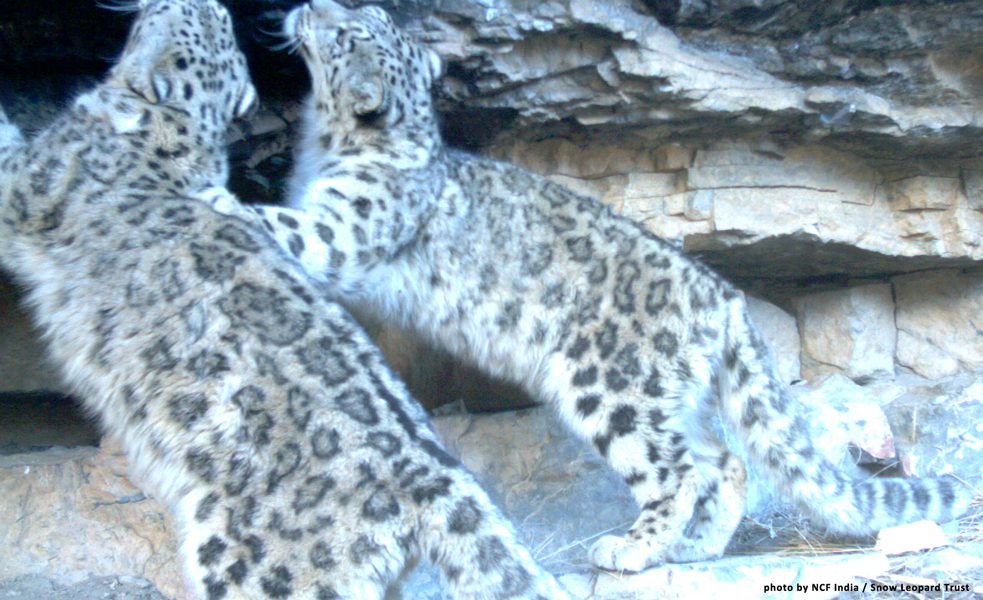
SLN Workshop: Snow Leopard Individual Identification- Increasing precision in camera-trap abundance estimates?
Identifying snow leopards by their spot patterns is crucial for assessing their populations. However snow leopards can be misidentified. Current analytical frameworks, such as the spatial capture recapture or the now retired (conventional) capture recapture methods, assume full confidence in the individual ID data being used for analysis. Misidentifying individuals ...
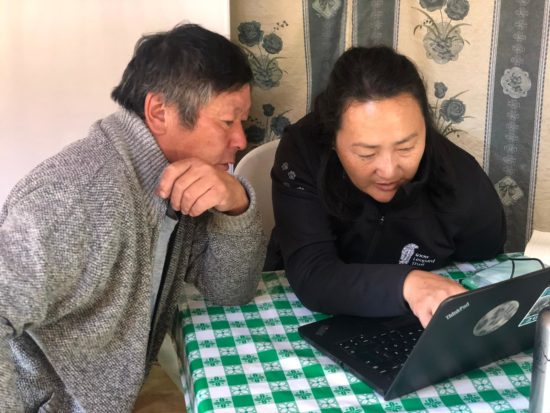
Session 1: Introduction to Communications – what, why, how, to whom?
Module 10 Welcome to the first Session from Module 10. We kick off - with Matt and Koustubh- who introduce key Communication concepts and tools for working with the Media. Session 1.1: Introduction to Conservation Communication Session 1.2: Working with the media ...
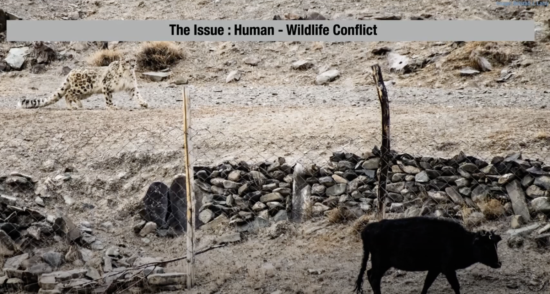
Session 2: The Photographic Image, Ethics & Storytelling
Module 10 Behzad Larry has spent many years travelling across the snow leopard range capturing the stories of snow leopard individuals and communities. During this session he shares perspectives about using images (of snow leopards, people and landscapes) in communication and raise for discussion a number of very pertinent issues ...
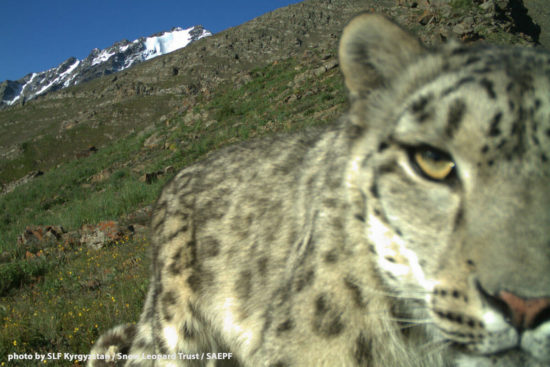
Session 3: Communications & Advocacy
Module 10 During Session 3 we explore Communication and Advocacy; how do we move from creating awareness, will to action- and see the change we want! We are pleased to welcome Koustubh Sharma and Matthias Fiechter for this engaging Session. We also dive into how to use social media as ...
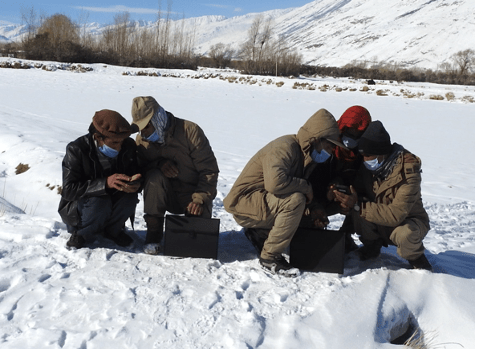
Snow Leopard Conservation in Wakhan, Afghanistan
SLN is pleased to welcome Mr. Sorosh Poya Faryabi and Dr. Eve Bohnett for this special Country Update. The Wakhan Corridor is a narrow strip of isolated high mountain terrain in the far northeast of Afghanistan. The landscape is situated in the western part of the snow leopard range, linking ...
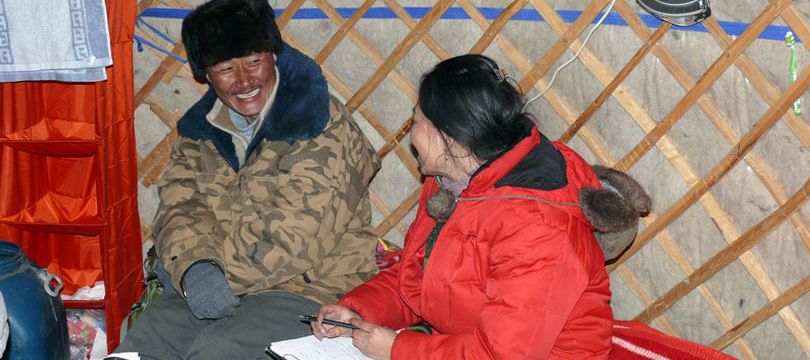
Module 11: PARTNERS Monitoring and Evaluation
About the module Monitoring and Evaluation is a critical part of community conservation programs. It is necessary to identify and address any implementation challenges. It can also ensure that conservation programs are improved as required in response to changing threats and opportunities at the local level. This module will focus ...
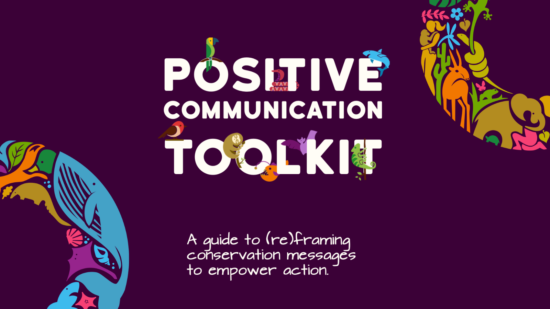
Session 4: Conservation Optimism
Conservation Optimism The study of environmental bright spots (i.e., “instances where science has successfully influenced policy and practice”) can be a crucial tool to help humanity navigate the current environmental challenges it is facing (Cvitanovic & Hobday 2018). Conservation Optimism‘s mission is to empower researchers and organisations to tell these ...
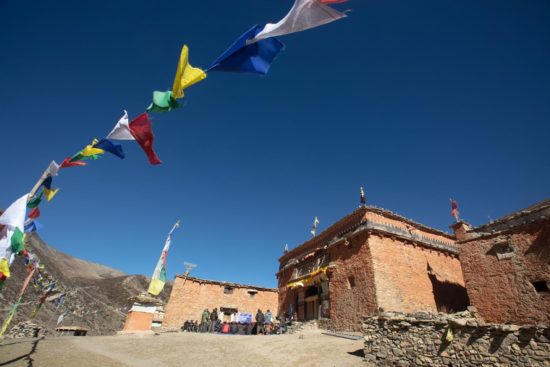
Snow leopards in Nepal: Satellite Telemetry Update
SLN welcomes Samundra Subba and Sheren Shrestha from WWF Nepal in this further update from teams working in Nepal. Orjan Johansson - SLN Steering Committee member and also a specialist on snow leopard collaring- will joins us as facilitator. About the talks Ensuring the long term viability of snow leopards ...
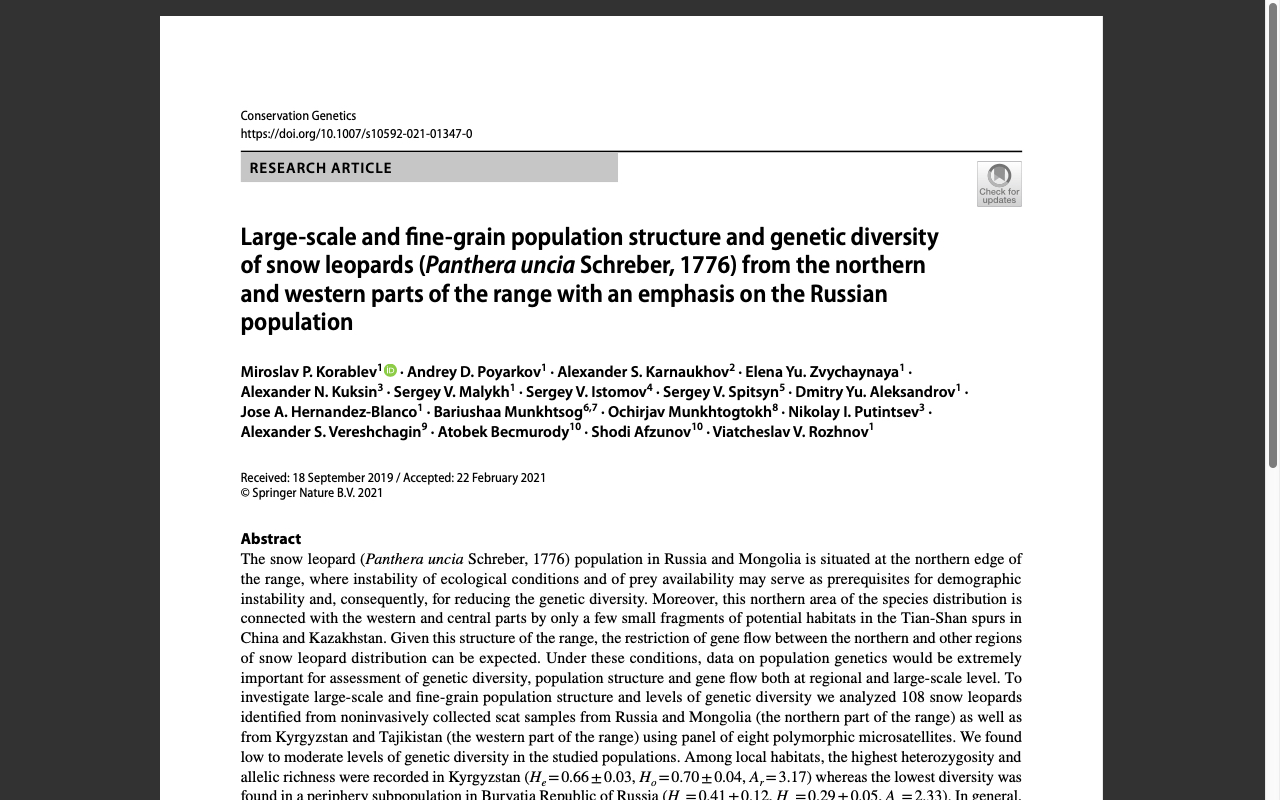
New Article to the Bibliography
Title: Large-scale and fine-grain population structure and genetic diversity of snow leopards (Panthera uncia Schreber, 1776) from the northern and western parts of the range with an emphasis on the Russian population. Authors: Korablev, M. P., Poyarkov, A. D., Karnaukhov, A. S., Zvychaynaya, E. Y., Kuksin, A. N., Malykh, S ...
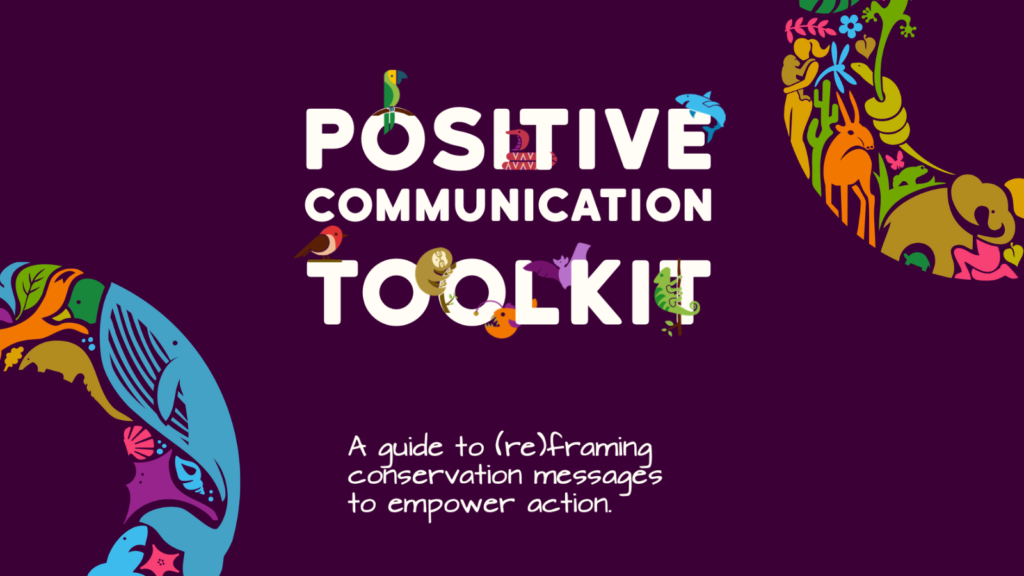
Exciting addition to Module 10: Conservation Optimism
Conservation Optimism The study of environmental bright spots (i.e., "instances where science has successfully influenced policy and practice") can be a crucial tool to help humanity navigate the current environmental challenges it is facing (Cvitanovic & Hobday 2018). Conservation Optimism's mission is to empower researchers and organisations to tell these ...
